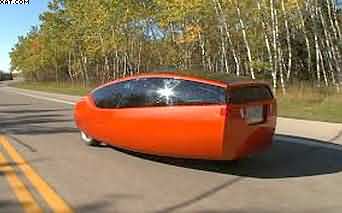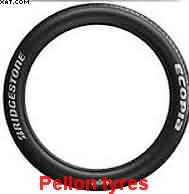Table of Contents
Car Tyres get Taller and Thinner

Car Tyres get Taller and Thinner
This is a good story for, let’s say, the more mature garage owners amongst us (the older guys). We are the ones that remember the cars and their tyres back in the 1960’s and on from there.
The tyre industry is about to do a turn-around when it comes to car tyre design and sizes and will revert back to similar ones that were used in the early days. They are going to start making taller and thinner car tyres.
This reversal has come about under pressure
from governments to encourage car manufacturers to design and make their cars more eco-friendly. By reverting back to the tall, thin tyre, they are helping the car designers reduce fuel consumption and give their cars better carbon emissions figures.
When I first worked in the industry, this type of tyre size was the norm.
The MGB sports car came out on 165×14 tyres, a narrow tyre by today’s standards. The early E-Type Jaguars were originally fitted with 185v15-size tyres, as were the Ferrari 250 GT’s. Even the more common types of cars, such as the VW Beetles and Volvos, were fitted with 155×15 and 165×15-size tyres, which were very narrow compared with some of the tyre sizes that were later to be developed.
Pirelli was one of the companies to develop the slimmer car tyres. Car Tyres get Taller and Thinner
Pirelli has said that they will be driven to come out with new sizes by stricter European Union regulations that will force them to develop tyres that have the best ratings.
The idea behind this is to reduce the rolling resistance of the tyres. The first target for the regulations is 2016 and then a higher target in 2020. The new tyre rules will be getting stricter and stricter, and so it will not be long before we see this type of tyre coming into our garages and tyre shops.
What is rolling resistance? Car Tyres get Taller and Thinner
Rolling resistance is basically the friction between the wheel and tyre and the road surface. The broader the tyre footprint, the more resistance is created.
We would normally put this down to a better grip, and this is one of the reasons that low-profile tyres were developed, firstly for motorsport and then for road cars.
Also at the bottom of the tyre, where the tyre meets the road surface, there is a flat spot; this is known as the “compact patch, “and as you roll over it going forward, the flat section moves around the tyre. The shape of the tyre is constantly changing.
This gives an extra resistive force.
This is why the car uses more fuel when its tyres are not inflated correctly (underinflated). The engine has to work harder to push the car along with its flatter tyres.
A simpler way of putting it
is that if you have a half-flat tyre on your bicycle and you know that it is much harder to peddle, then it is the same for your car; this is known as “rolling resistance.”.
Also, because of more modern tread designs, there has been no loss of “wet and dry grip,” This is also due to more modern tyre compounds and tread patterns with deeper sipes.
Sipes are the tiny slits. Car Tyres get Taller and Thinner
that help to dissipate water in wet driving conditions. This tyre design is incorporated into Michelins new tyre, the Michelin AS all-season tyres, As the tyre wears down, the sipes do as well, giving excellent grip as the tyre wears down, https://www.wintertyres-yorkshire.co.uk/michelin-premier-s-season-tyre/
In fact, Bridgestone and Michelin are two of the tyre companies that are involved in the development of taller, thinner tyres.
In fact, the new BMW i3 concept car has 19-inch wheels with a tyre size 155/70×19 but the tyres are half the width of the conventional
According to Michelin,
Increasing the tyre diameter by 2 inches will reduce rolling resistance by about 5%.
The new Citroen C4 cactus will use 18-inch wheels, which will be just 155mm wide (about 6 inches).
One good thing about this is that I love change? I believe that these new tyre designs are what make our job more interesting, especially for us older guys who remember the original skinny tyres going back 40 or 50 years.
- Hello tyres, world: Winter Tyres blog
- Effectiveness-Winter Tyres
- Winter Tyres versus 4×4
- Mercedes-Benz Switching Winter Tyres
- Winters Tyres Compared to Summers
- Hello tyres, world: Winter Tyres blog - April 21, 2025
- Effectiveness-Winter Tyres - April 20, 2025
- Winter Tyres versus 4×4 - April 19, 2025

